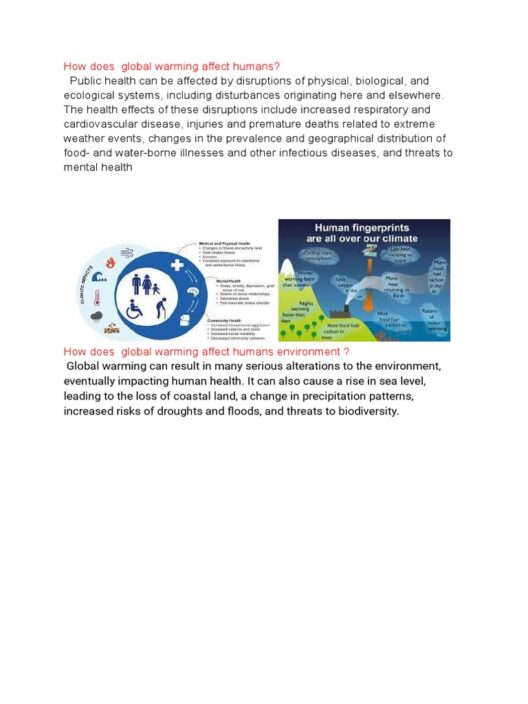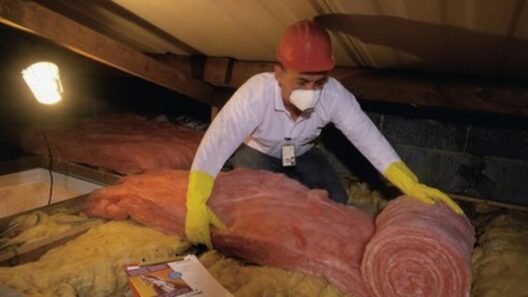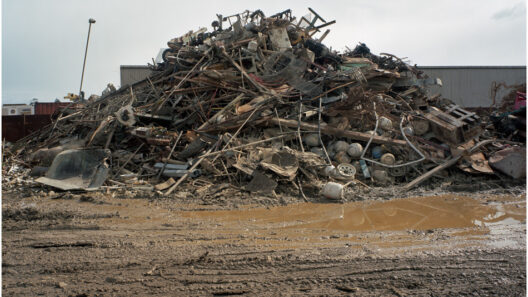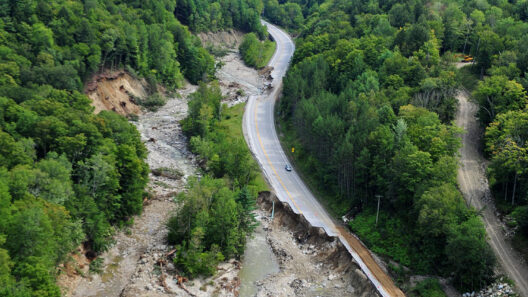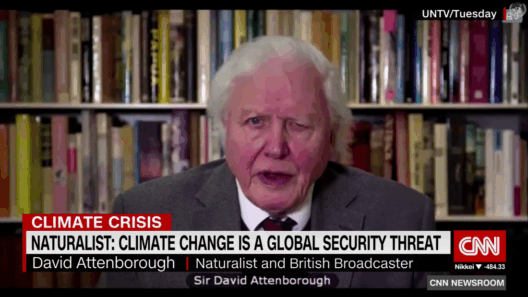As humankind grapples with the ominous realities of climate change, the intricate web of interactions among species and their environments becomes a focal point of study. A less obvious yet significant contributor to global warming is the role animals play in our ecosystems. These contributions, often overlooked, range from direct emissions of greenhouse gases to their impact on vegetation and soil. Understanding how animals affect global warming allows for a deepened appreciation of their ecological roles and encourages more informed conservation efforts.
To start, it is crucial to recognize the phenomenon of methane emissions. Livestock, particularly cattle, produce vast amounts of this potent greenhouse gas through digestion. A process known as enteric fermentation occurs during their digestion, which releases methane into the atmosphere. The World Bank estimates that the meat and dairy industries contribute approximately 14.5% of global greenhouse gas emissions. Given methane’s potency—over 25 times more effective at trapping heat than carbon dioxide over a century—this contribution cannot be underestimated. The relationship between animal agriculture and climate change reveals a complex interplay that necessitates urgent scrutiny.
Moreover, the waste produced by livestock constitutes an additional source of emissions. As manure decomposes, it releases not only methane but also nitrous oxide, another formidable greenhouse gas. This decomposition process is exacerbated when waste is managed improperly, such as through excessive nitrogen loading onto land, which can lead to increased atmospheric concentrations of nitrous oxide. As detrimental as it may seem, a closer examination of animal waste management can illuminate potential avenues for reducing these emissions. Implementing better waste management practices can significantly mitigate the adverse impacts of livestock on climate change.
Beyond livestock, wildlife interactions within ecosystems significantly influence the carbon cycle, affecting climate systems indirectly. For example, certain species play an essential role in seed dispersal, which is pivotal for maintaining forest biodiversity. Forests act as carbon sinks, capturing and storing carbon dioxide. The loss of species crucial to seed dispersal can result in reduced forest regeneration, subsequently leading to diminished carbon sequestration capabilities. When animal populations decline due to habitat loss or climate-change-induced stressors, the effects ripple through ecosystems, ultimately impacting global warming. This underlines the intrinsic connection between species diversity and climate stability.
The topic of animal behavior and its contribution to climate change also deserves attention. For instance, large herbivores, such as elephants, have a notable impact on their habitats. Their foraging strategies can shape vegetation patterns and influence carbon storage. The absence of these keystone species can lead to the encroachment of invasive plant species, which may alter the carbon balance of ecosystems. The intricate behaviors of these animals, therefore, underscore a vital ecological dynamic that can either exacerbate or alleviate the impacts of climate change.
Furthers, the links between ocean ecosystems and climate change reveal the crucial roles marine animals play. Phytoplankton, although single-celled organisms, are imperative in the oceanic food web, and their populations can be influenced by the abundance of marine species. Overfishing disrupts these populations, leading to decreased phytoplankton blooms, which play a significant role in carbon dioxide absorption. Oceanic health is intrinsically tied to fish populations, illustrating yet another avenue through which animal populations impact climate change.
A pressing concern is the contribution of domesticated animals to changes in land use. The expansion of livestock farming often leads to deforestation, particularly in tropical regions. The transformation of forests into pastureland entails a staggering release of carbon dioxide as stored carbon is emitted into the atmosphere. This land-use change not only elevates greenhouse gas concentrations but also diminishes biodiversity, creating a vicious cycle that increasingly threatens both animal populations and global temperature stability.
Additionally, climate change itself affects animal populations in ways that contribute back to this cycle. As temperatures rise, animal habitats shift, impacting species distributions and dynamics. For instance, many species are exhibiting altered migratory patterns, which can disrupt predation and competition balances. These ecological imbalances can lead to overpopulation of certain species, further intensifying land degradation and greenhouse gas emissions through excessive foraging or altered waste patterns. Thus, the effects are cyclical, where climate change alters animal behavior and populations, which in turn influences climate dynamics.
It is imperative to recognize that addressing the role of animals in contributing to global warming is not solely about reducing livestock numbers or changing behaviors. It requires a multi-faceted approach that includes habitat conservation, sustainable farming practices, and restoration initiatives. Strategies such as agroforestry, which combines agricultural and forestry practices, have the potential to bolster both animal populations and carbon storage capabilities. By embracing integrative conservation approaches, we can forge pathways that align species conservation with climate change mitigation.
Moreover, public awareness and advocacy can drive change toward more sustainable practices. Adopting plant-based diets, supporting regenerative agriculture, and championing policies that protect wildlife are meaningful actions that can collectively mitigate the influence of animals on climate change. Through education, society can cultivate an intrinsic understanding of the interconnectedness of ecosystem health and global stability.
In conclusion, animals hold more significant sway in the narrative of climate change than is often recognized. Their impacts encompass direct emissions, ecological influences, and behavioral adaptations that ripple through ecosystems, contributing to global warming in multifaceted ways. The journey towards understanding these connections remains pivotal, as it fosters conservation initiatives and sustainable practices aimed at mitigating climate change. Only through a profound respect for the natural world can we hope to chart a course toward a more sustainable future for all species.




